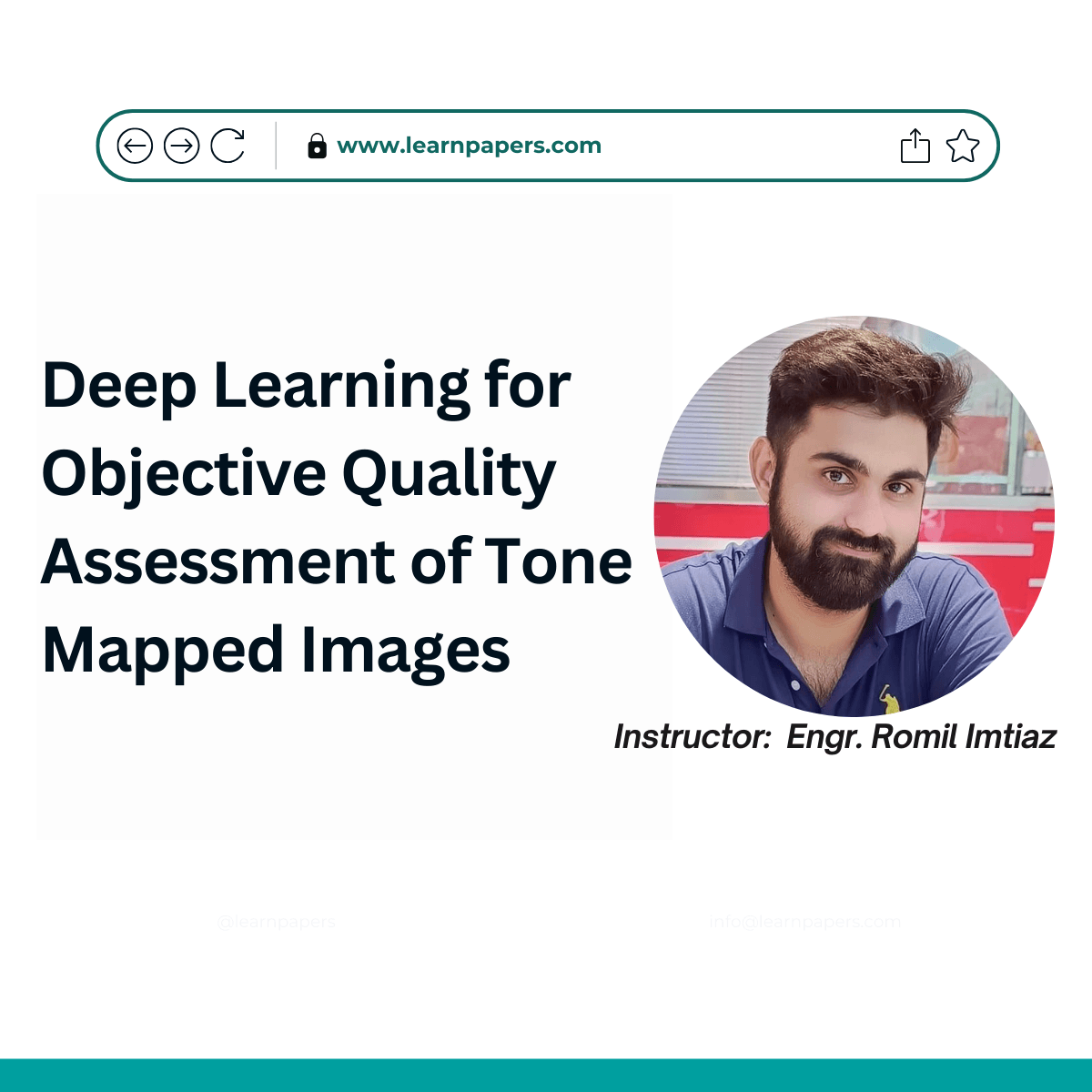Deep Learning for Objective Quality Assessment of Tone Mapped Images

About Course
Abstract:
High dynamic range (HDR) images capture real-world luminance values which cannot be directly displayed on the screen and require tone mapping to be shown on low dynamic range (LDR) hardware. During this transformation, tone mapping algorithms are expected to preserve the naturalness and structural details of the image. In this regard, the performance of a tone mapping algorithm can be evaluated through a subjective study where participants rank or score tone mapped images based on their preferences. However, such subjective evaluations can be time-consuming and cannot be repeated for every tone mapped image. To address this issue, numerous quantitative metrics have been proposed for objective evaluation. This paper presents a robust objective metric based on deep learning to quantify image quality. We assess the performance of our proposed metric by comparing it to 20 existing state-of-the art metrics using two subjective datasets, including one benchmark dataset and a novel proposed dataset of 666 tone mapped images comprising a variety of scenes and labeled by 20 users. Our ap proach exhibits the highest correlation with subjective scores in both evaluations, confirming its effectiveness and potential to be a reliable alternative to laborious subjective studies.
DOI:
https://www.nowpublishers.com/article/Details/SIP-20240007
Cite:
https://www.nowpublishers.com/article/OpenAccessDownload/SIP-20240007
Course Content
Module 1: Introduction to HDR Imaging and Tone Mapping
Module 2: Deep Learning Basics
Module 3: Dataset Preparation
Module 4: Building the Deep Learning Model
Module 5: Training the Model
Module 6: Evaluating the Model
Module 7: Practical Applications and Case Studies
Module 8: Conclusion and Future Work
Student Ratings & Reviews
